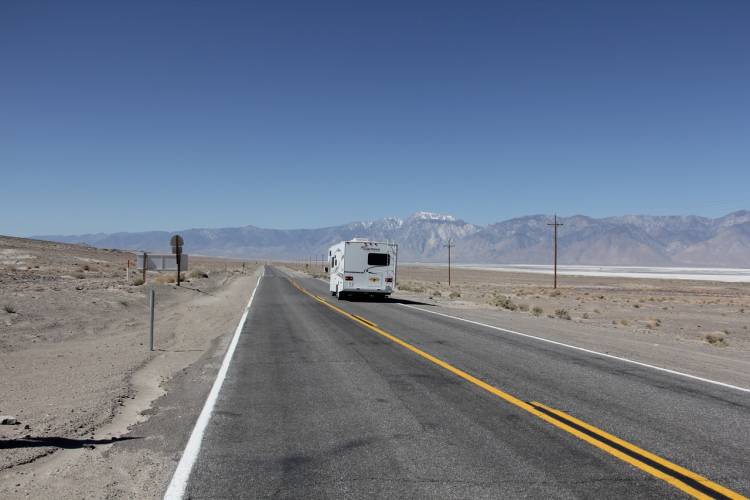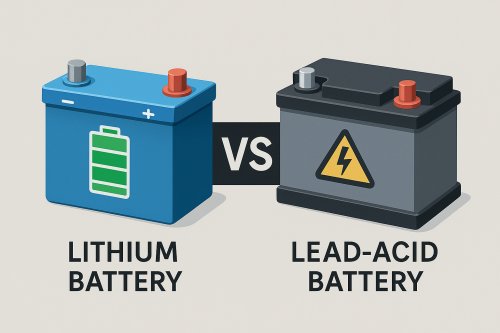Driving tips in Canada
Handy tips on Canadian road rules, including speed limits, drunk driving limits, some travel distances, condition of roads and more.

Canadian highways are superb, with excellent, well-maintained, surfaces offering uncongested travel to most parts of the country; roads here certainly rival those of the USA. It's not unusual to travel for hours and not pass another vehicle in some of the more remote areas.
Road rules
Canada honours all valid foreign driving licences; therefore an international driving permit is not necessary. The minimum driving age is 16 but you need to be 25 to hire a car with most companies. Seatbelts for the driver and front-seat passengers must be worn, with infants strapped into a safety seat. Some provinces require that drivers switch on their headlights during the day.
The maximum limit for level of alcohol in the blood while driving is 0.8mg/ml and there are strict penalties for violators.
Speed limits vary from province to province, as a general guideline:
| Urban areas: | 50kph/31mph |
| Outside schools: | 30kph/18mph |
| Rural roads/highways: | 90 – 110kph/56 – 68mph. |
Motorways and the road network
Highways mainly consist of two- to three-lane roads, narrowing to a wide, single lane in the countryside. The Trans-Canada Highway covers 8,000kms/5,000mls making it the longest highway in the world; while the Yellowhead Highway (Highway 16), which runs through Canada's vast prairies, over the Rockies, and to the Pacific coast, is almost as long.
As in all major cities around the world, parking can be difficult in Canadian cities. Look for signs marked with a green 'P', indicating municipal parking, and avoid street parking as the car may be wheel-clamped or towed away if left in a restricted zone.
Costs, distances and times
Most of Canada's service stations are open 24 hours for fuel, with automobile maintenance and service available during business hours. Canadian cars use unleaded petrol, sold by the litre, with considerably cheaper prices than those encountered in Europe, but slightly more expensive than prices in the USA.
Typical driving distances:
| Vancouver to Toronto: | 4492kms/2790mls |
| Vancouver to Yellowknife: | 2411kms/1498mls |
| Toronto to Montreal: | 539kms/335mls. |
Safety
Don't drive beyond your limits, as distances in Canada are deceptive. Stop every couple of hours to relax, and don't try to drive beyond 500 or 600kms in a day. The CAA provides reciprocal assistance to members of international auto clubs.
Share
What's Your Reaction?
 Like
0
Like
0
 Dislike
0
Dislike
0
 Love
0
Love
0
 Funny
0
Funny
0
 Angry
0
Angry
0
 Sad
0
Sad
0
 Wow
0
Wow
0













